Israeli-made air-to-air missile may have downed MH17 - report
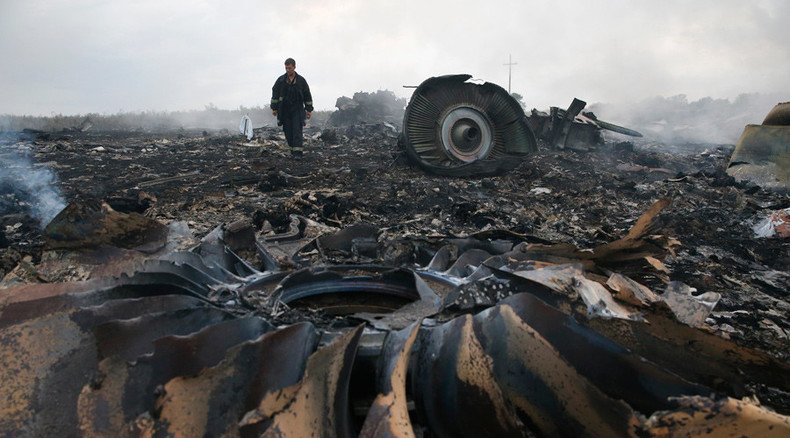
A report on Malaysian Airlines MH17 air disaster in Ukraine last year by a group of old-hand aviation security experts maintains that the Boeing might have been downed by an Israeli Python air-to-air missile.
The report was leaked via the private LiveJournal account of Albert Naryshkin (aka albert_lex) late on Tuesday and has already been widely discussed by social media communities in Russia.
The authors of the investigative report have calculated the possible detonation initiation point of the missile that hit the passenger aircraft and approximate number and weight of strike elements, which in turn designated the type and presumed manufacturer of the weapon.
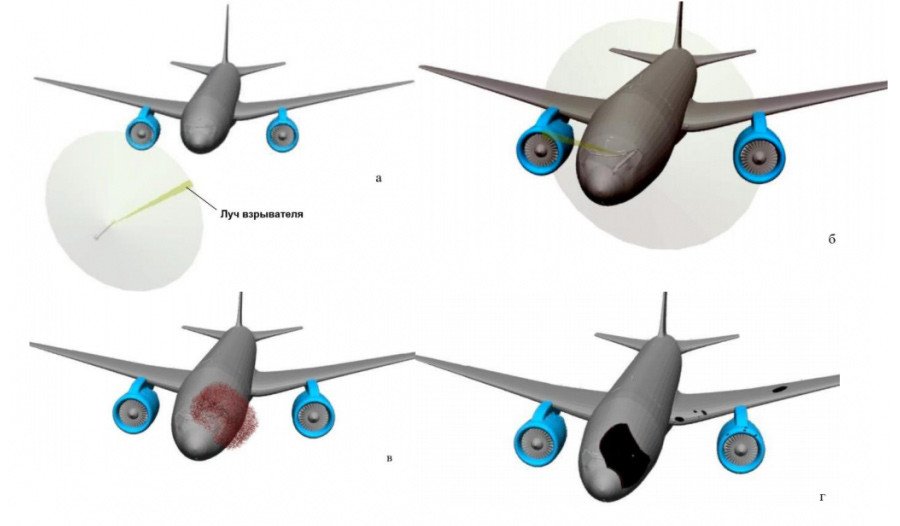
Malaysian Airline Boeing 777-200 performing flight MH17 from Amsterdam to Kuala Lumpur on July 17, 2014, crashed on the territory of Ukraine near the village of Grabovo, killing all 283 passengers and 15 crewmembers aboard.
The aircraft disintegrated in the air and the debris of MH17 were scattered across an area of about 50 sq. km.
The external view of MH17 hull pieces indicates that “fragments of the pilots’ cockpit have suffered specific damages in the form of localized puncture holes and surface dents typical for hypervelocity impacts with compact and hard objects,” the report says, stressing that similar damage could be found on the inner side of the cockpit.
The report specifically points out that chips of the body coat around the holes in the fragment are typical of wave effects created by hypervelocity impacts.
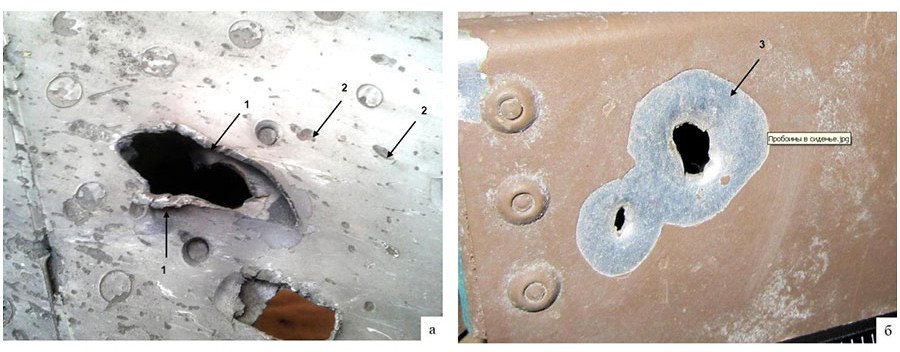
Some damage, though larger and less clustered, could be found near the air-scoop of the left-wing engine of the aircraft.
The nature of the damage allows for the identification of the source as a high-explosive fragmentation warhead from a modern anti-aircraft weapon, claims the report.
Apart from the large puncture holes, the debris of the nose and the cockpit of the aircraft bear a large number of scattered micro-craters resulting from the impact of high-velocity dust and tiny debris, such as an unburnt blasting agent and elements of the ordnance that accompany a shock wave from a blast that occurred very close to the target. In the case of MH17, the pilots’ cockpit.
The report says that as a rule, the initial speed of the striking elements of modern anti-aircraft weapons vary between 1,500 and 2,500 meters per second.
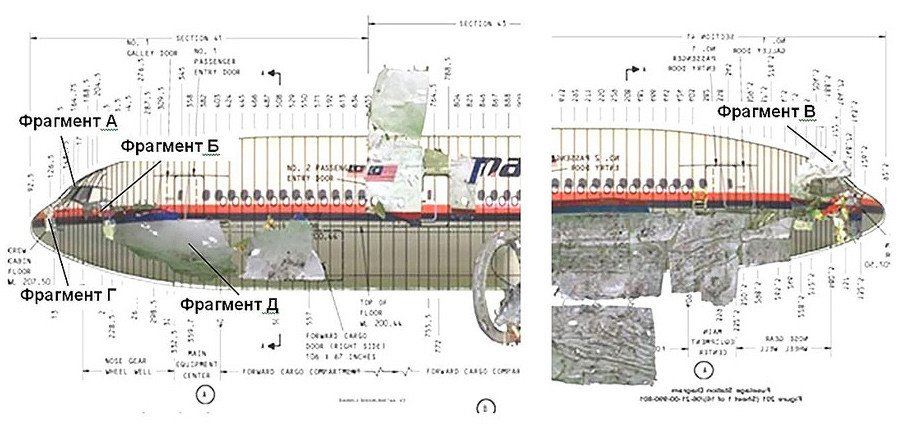
Altogether, the experts considered photos of five fragments of the cockpit and left port of the flight MH17, on which they counted some 230 “battle-damage” holes and punctures.
All this considered, the experts claim that the exact zone of the blast impact could be established with a fair degree of accuracy.
The warhead of the missile exploded very close to the cockpit, to its left side at a distance of 0.8-1.6 meters from the cockpit windows, exactly opposite the sliding window of the aircraft commander.
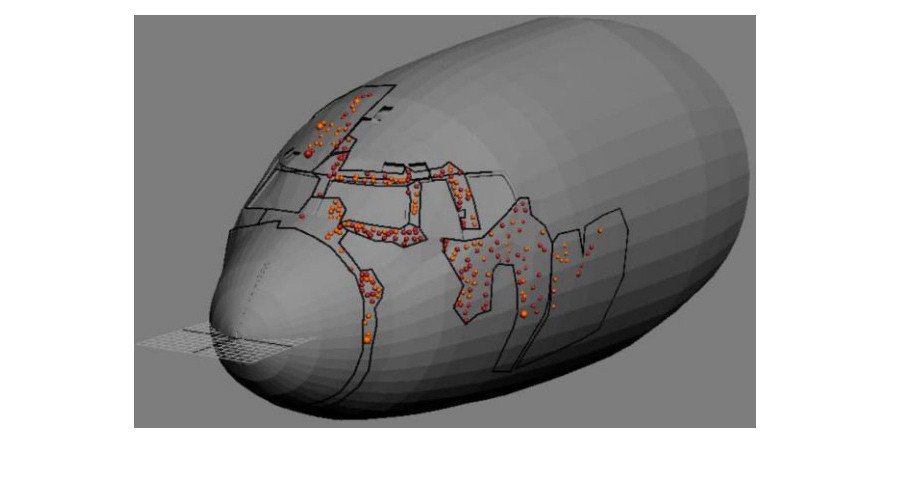
The dimensions and character of the puncture holes left by the strike elements allegedly allow their size and form factor to be established, which in its turn makes it possible to identify the type of weapon used in a particular case.
The cross dimension of absolute majority, 86 percent, of the 186 hull holes studied by experts measure between 6 and 13mm, with explicit maximum of them having cross dimension of 8mm.
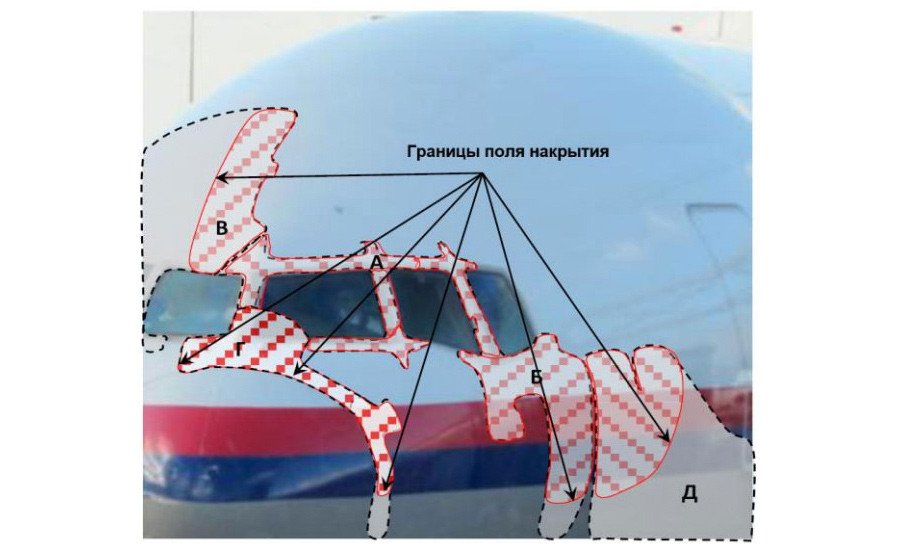
This fact brought the expert group to a conclusion about the size of the strike elements of the warhead. If the warhead had been armed with two types of strike elements, the majority of the holes would have been of two types, the reports notes.
The strike element has been established of being a rectangular block measured 8mm x 8mm x 6mm, with margin of error of 0.5 mm, a high probability it was made of steel and an estimated weight of 3 grams each. The total number of such elements should have varied between 2,000 and 4,000.
The bulk of the strike elements are estimated between 4.88 – 14.8 kilograms.

The report confutes the argument of Russia’s Almaz-Antey military concern that early claimed that “intricate shape” double-t steel fragments, similar to those used in warheads of surface-to-air Buk missile systems, have been extracted from the debris of MH17 flight.
Howwever, the double-t strike elements of a Buk missile weigh 8.1 grams, more than twice as much as a single damage fragment among those that pierced MH17’s hull. Thus, according to the report, the hypothesis about a Buk missile system being involved in the crash is “most probably incorrect.”
With 95 percent probability, the group of experts estimates the weight of the missile’s warhead (explosives plus strike elements) that shot down MH17 of being between 10 and 40kg.
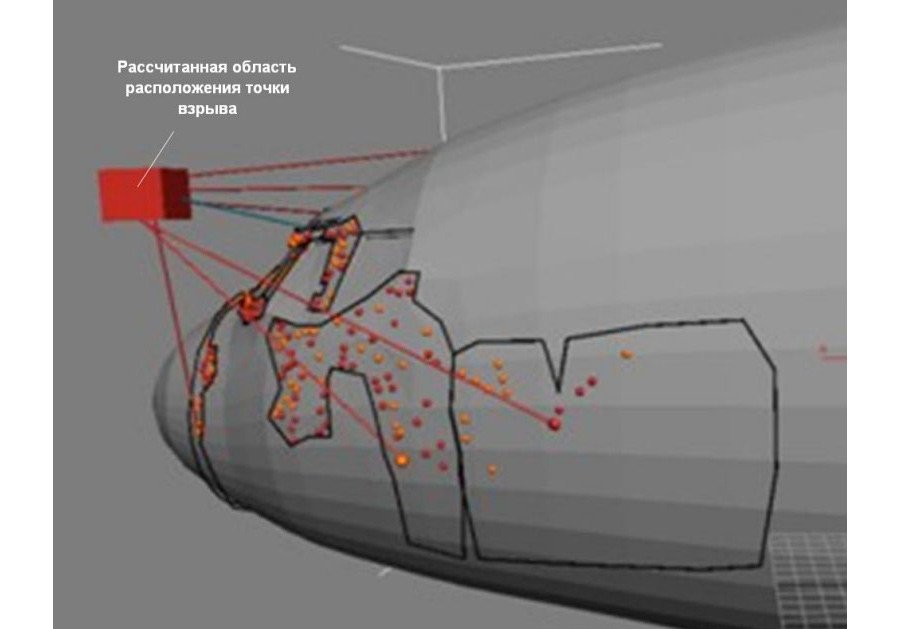
This led the experts to determine the exact type of the weapon used against Malaysian Airlines flight MH17.
The report says that that Soviet- and Russian-made surface-to-air missile systems use more powerful warheads than the established maximum 40kg, as is the case with MH17.
Moreover, Soviet- and Russian-made air-to-air missiles which have a similar 10-40kg warhead capability use other types of strike elements within one warhead - obviously not the case with MH17.
A whole range of existing foreign air-to-air missiles have corresponding warhead characteristics, yet lack of physical elements of the missile used against MH17 prevented experts from establishing the exact type of the weapon used.
Still, the circumstances and conditions of the assault allowed experts to make certain assumptions.
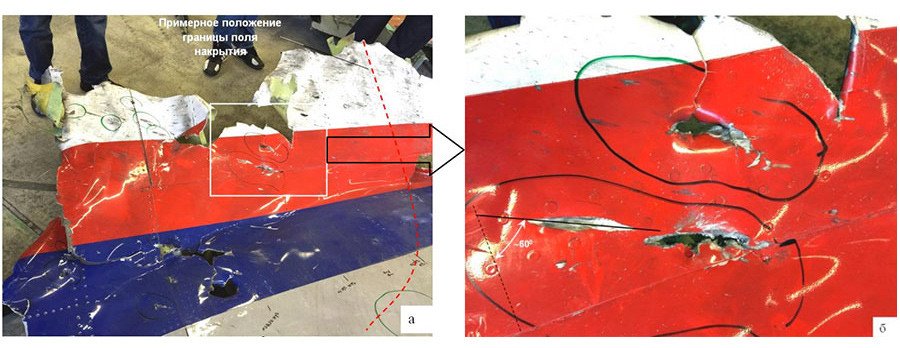
The missile that attacked MH17 had a passive radar homing head, which explains why the missile exploded so close to the cockpit. Under the radar-transparent nosecone of a Boeing 777-200 there is a surveillance radar station operable during the flight, so most likely the missile homed on to this radar as the target.
Apart from a radar homing head, the missile could also be equipped with an advanced, matrix type, imaging IR seeker, which enables the missile to determine the size and the type of the target and choose for attack its most vital element. For a huge Boeing aircraft, that’s the cockpit.
A simulation of the missile attack has proved that missiles with that type of guidance choose to attack a big passenger plane from the front hemisphere.
There are four air-to-air missiles that fit the description established by the experts, namely: French Magis-2, Israeli Shafrir, American AIM-9 and Israeli Python – all short-range.
The first three have been struck off the list for various reasons, including type of warhead or guidance system specifications. The Python deserved a closer look.
The Python is equipped with a matrix-imaging IR seeker. It enables a relatively moderate power warhead to effectively engage big aircrafts. The warhead is armed with a set of ready strike elements. Even more importantly, some open military sources suggest that in early 2000s a number of Sukhoi Su-25 assault fighter jets we refurbished to use fourth and fifth generation Python missiles, which look very similar to the Su-25’s standard air-to-air R-60 missile.

The unofficial report leaked in LiveJournal has become yet another one among many other unofficial versions presented over the year that has passed since the catastrophe occurred on July 17, 2014.
The Dutch Safety Board that has been heading an international investigation into the cause of the crash is due to release its official report in October.












